Upskilling and Retention: Redefining Workforce Priorities in Australian HR
Recalibrating for 2025: Skills, Strategy and Sustainability
Australia’s employment outlook in 2025 paints a complex picture. With unemployment holding at 4.1% and labour force participation at an all-time high of 67.0%, the nation’s job market appears healthy at a glance. Yet, dig deeper and you’ll find workforce challenges intensifying, chronic skills shortages, elevated turnover, and a growing mismatch between candidate expectations and traditional employment offerings.
The Current Workforce Landscape
Turnover rates remain stubbornly high, averaging 15% across the private sector and peaking at 19% in government roles. In areas like tech, healthcare, education and finance, demand for specialised expertise continues to outpace supply. Employers are exploring global talent pools, but international recruitment brings its own complications, visa restrictions, onboarding complexities, and cultural integration hurdles.
More importantly, jobseekers are changing. Flexibility, professional development, and a sense of purpose have edged out pay rises as primary decision drivers for many Australian workers. The implication for HR leaders is clear: recruitment alone is no longer enough. Competitive advantage now hinges on an organisation’s ability to build skills from within and foster long-term loyalty. Upskilling and retention, once complementary, have become core.
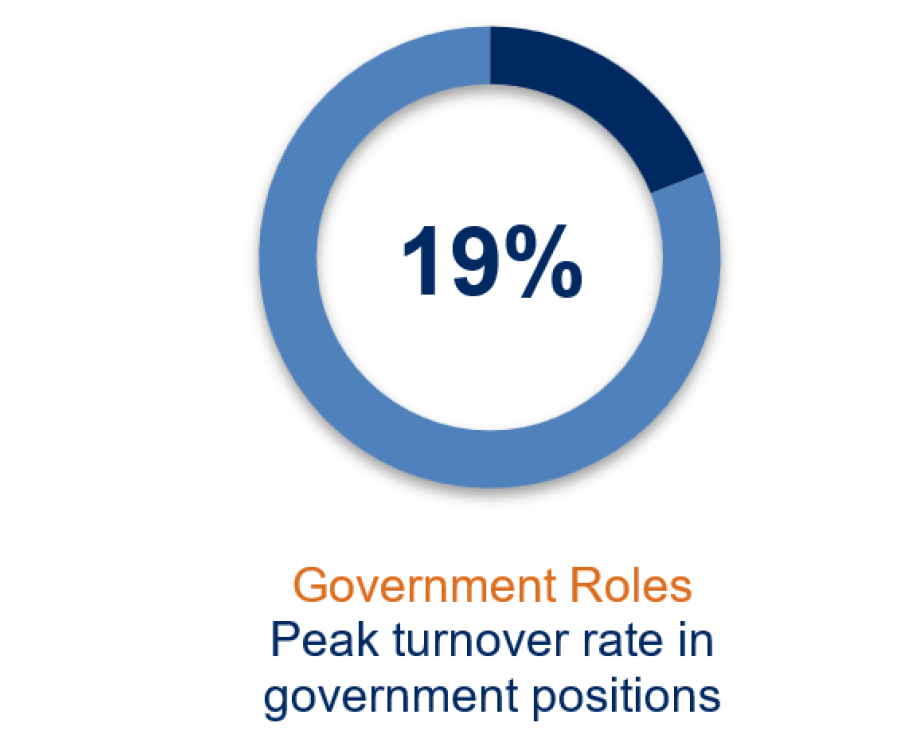
Upskilling: A Strategic Imperative, Not An Optional Extra
In 2025, upskilling has become a frontline response to the digital transformation sweeping through Australian industry. Roles are being redefined overnight, driven by rapid shifts in technology, sustainability, and compliance. Skills in artificial intelligence, cybersecurity, data science, and ESG reporting are no longer niche, they’re baseline capabilities.
Australian employers are responding with serious investment. Learning and development spend is projected to reach $8 billion this year, up 15% on a per-employee basis. Much of this is directed at micro-credentials, digital literacy training, and cross-functional learning, programs that are short, targeted, and built for agility.
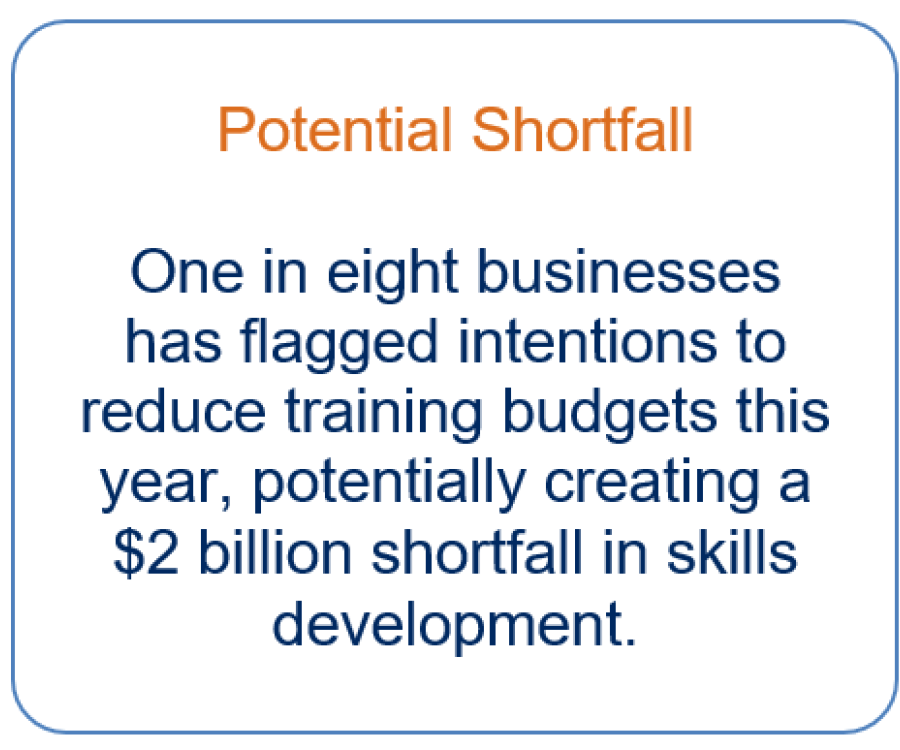
But not all businesses are on board. One in eight has flagged intentions to reduce training budgets this year, potentially creating a $2 billion shortfall in skills development. This runs counter to evidence showing that companies with mature L&D frameworks are 30% more likely to retain top talent and 25% more successful in attracting high performers.
Beyond capability uplift, upskilling is also a buffer against automation. As repetitive tasks are automated, the workforce must pivot toward higher-order capabilities, analytical reasoning, creative problem-solving, and adaptive communication. Upskilling is not simply a nice-to-have initiative; it’s a safeguard against stagnation and a foundation for future resilience.
Rethinking Retention in a High-Turnover Climate
In Australia’s tight labour market, retaining talent is every bit as important as finding it. Turnover is costly; replacing a single employee costs, on average, 1.5 times their annual salary when recruitment, training, and lost productivity are factored in. But beyond cost, high attrition also drains culture and erodes organisational memory.
To counter this, a growing number of Australian companies are shifting focus from external hiring to internal mobility. Instead of always looking outward, they are actively mapping talent pathways within. The message to employees is clear: there’s a future for you here.
Structured career frameworks, cross-functional rotations, mentoring programs, and skills audits are helping HR leaders identify capability gaps to fill roles more efficiently. These initiatives don’t just address skills shortages, they build engagement. Employees who see clear growth pathways are more invested and more loyal.
Career progression is also evolving. Today’s workforce no longer sees success as a linear climb up a hierarchical ladder. Instead, lateral moves, project-based assignments, and multidisciplinary exposure are seen as valuable stepping stones. A mobility mindset doesn’t just serve individuals, it builds a more agile, better-rounded workforce.
The Shift in Workplace Power
The power dynamics in Australian workplaces have undergone a recalibration. During the pandemic, employees gained significant leverage via remote work, wage increases, and a greater say in how work was done. In 2025, as economic conditions normalise, employers are regaining ground. But the old rules no longer apply.
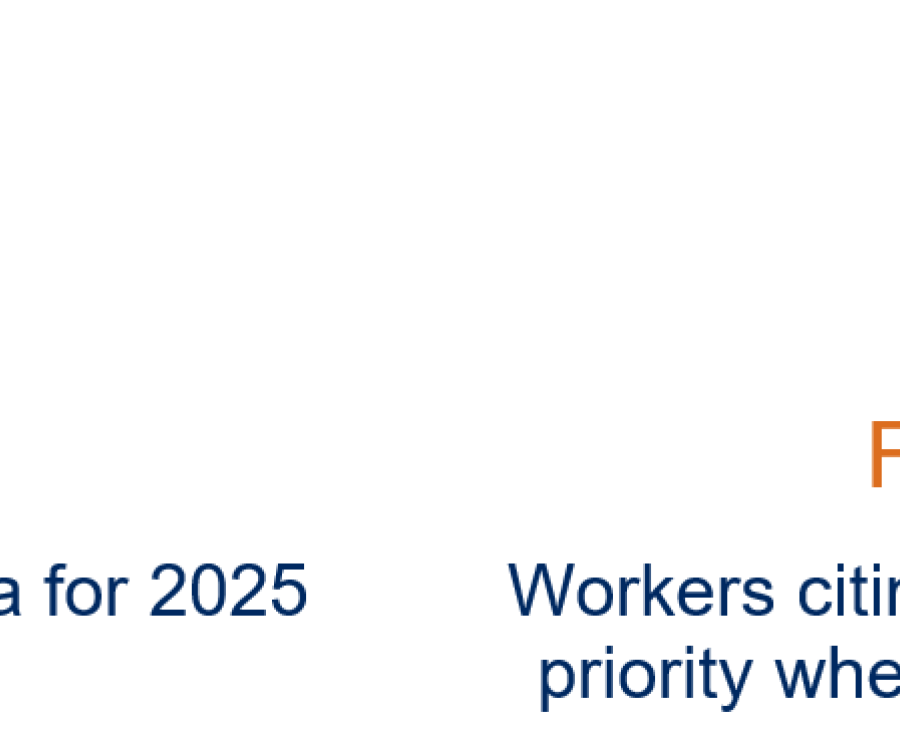
While wage growth is expected to hit 3.8% this year, employees continue to prioritise flexibility and wellbeing. Hybrid models are now the norm, not the exception, and any regression to rigid, office-centric arrangements is met with resistance. A full 68% of workers cite flexible work options as a top priority when evaluating new opportunities.
HR teams are responding by refining hybrid work strategies and investing in performance measurement tools suited to a decentralised workforce. Wellbeing programs, resilience training, and inclusive policies are also being embedded more deeply into business-as-usual practices.
This new equilibrium is less about command and control and more about collaboration and mutual respect. Employees expect transparency, purpose, and recognition. Employers, in turn, are seeking commitment, adaptability, and results. The balance isn’t static; it’s renegotiated every day.
What’s Working: Practical Strategies in Motion
Australian HR leaders are deploying a suite of tactics to meet emerging skills and retention demands. Among the most effective are:
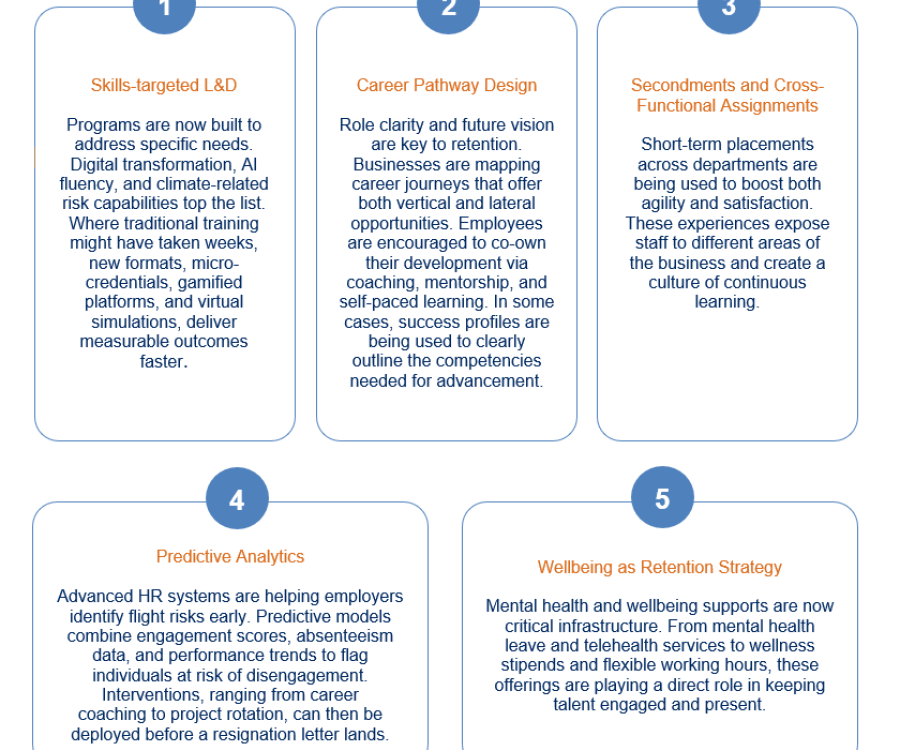
Case in Point: What Success Looks Like
One of Australia’s leading financial services groups provides a compelling example of what an integrated upskilling and retention strategy can achieve. In early 2024, facing critical skill shortages in digital product development and experiencing high voluntary turnover, the company launched a comprehensive workforce renewal program.
The initiative began with a detailed capability audit across technology and operations teams. This was followed by the rollout of digital bootcamps, AI certification programs, and leadership development modules. At the same time, the company restructured its internal mobility framework to allow for lateral movement into tech-adjacent roles, from customer operations to data analytics and product testing.
Team members were invited to apply for short-term secondments, receive digital mentorship from internal experts, and participate in hackathons to solve real business challenges. A gamified internal job board was launched, matching talent with emerging roles and surfacing “hidden skills” through machine learning.
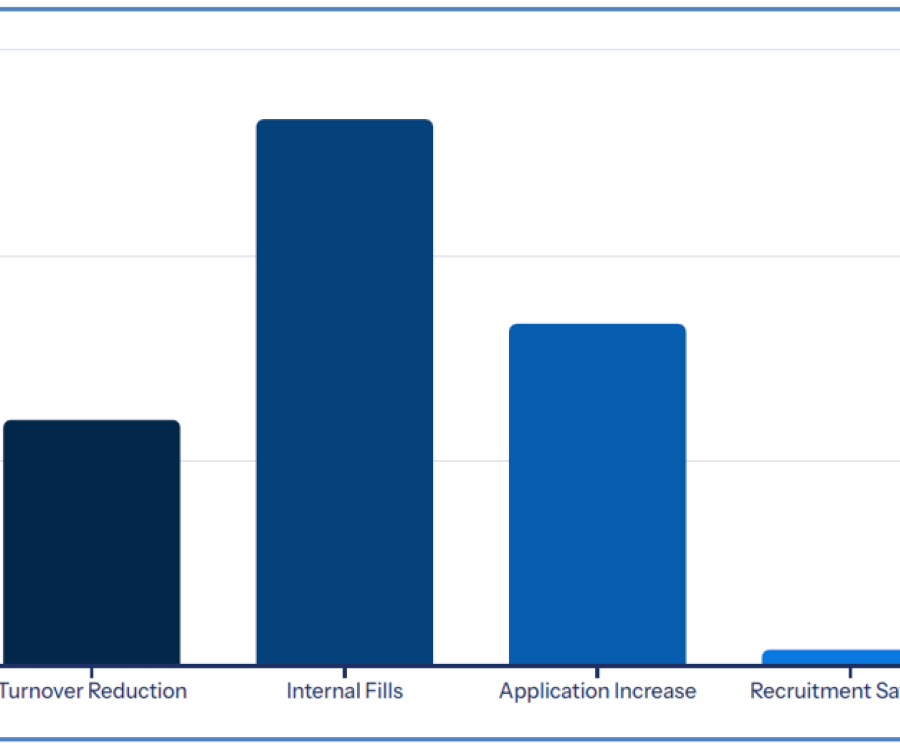
The results were swift and measurable. Voluntary turnover dropped by 18% within 12 months. Forty percent of tech vacancies were filled internally, resulting in an estimated $1.2 million in recruitment savings. Applications for internal roles tripled. Perhaps most tellingly, the company saw a 25% increase in external job applications, with candidates citing the firm’s development culture as a key attraction.
Even with success stories emerging, not all organisations are able, or ready, to make the leap. Budget constraints continue to plague many SMEs. Ingrained hierarchies and cultural inertia can slow the pace of change. And in some sectors, the urgency to upskill is acknowledged, but the roadmap is unclear.
Building Future-Ready Workforces
One approach gaining traction is the use of pilot programs. Rather than overhauling enterprise-wide systems, HR leaders are trialling strategies in single departments to demonstrate ROI. Partnerships with universities, VET providers, and tech startups are also proving valuable, offering access to training content without the overheads of in-house development.
Policy as Enabler, Not Just Influencer
The federal government is also playing a more active role. The Skills and Training Boost offers tax incentives for employers investing in staff development, particularly in areas aligned to national priorities such as healthcare, renewables, and cybersecurity. Reforms to the vocational education system are aligning course content more directly with industry needs, closing the long-standing gap between learning and application.
Still, stronger coordination is needed. Business, government, and educators must work more closely to ensure emerging industries don’t fall behind. National workforce strategy must be built on collaboration, not just compliance.
Time to Build, Not Wait
For Australian organisations navigating 2025’s evolving workforce landscape, the message is clear. Competitive advantage will no longer belong to the biggest employers or the flashiest brands. It will belong to those that make capability, culture, and commitment their core.
Upskilling and retention aren’t separate threads, they’re intertwined drivers of resilience and innovation. Those who get it right won’t just hold onto talent. They’ll build future-ready workforces, equipped to meet whatever comes next.

